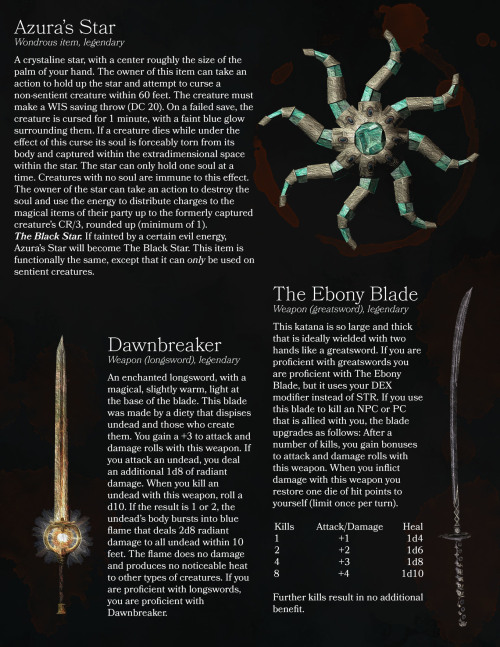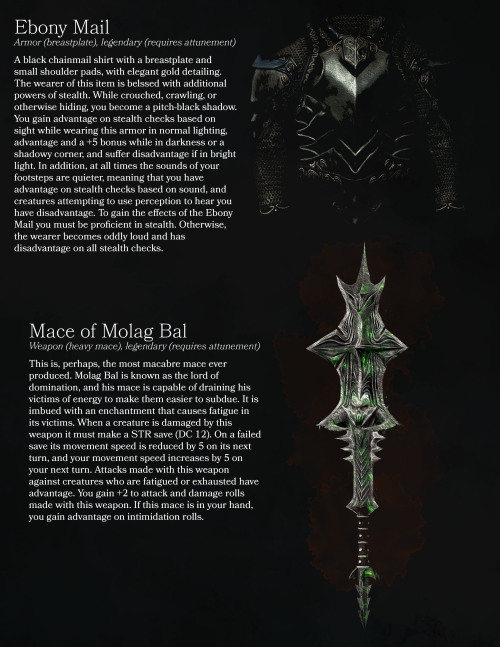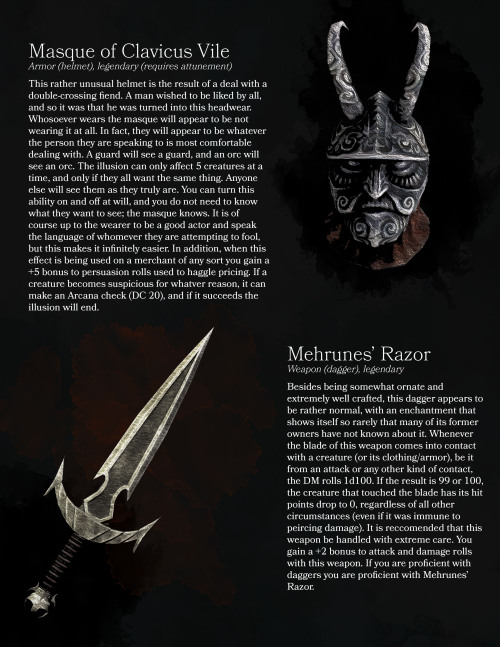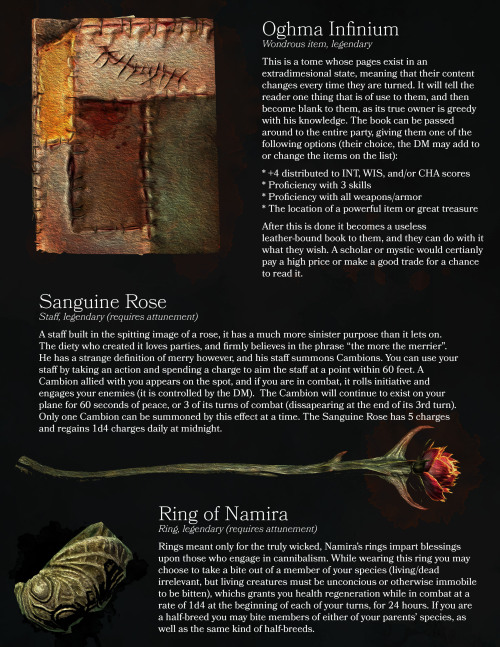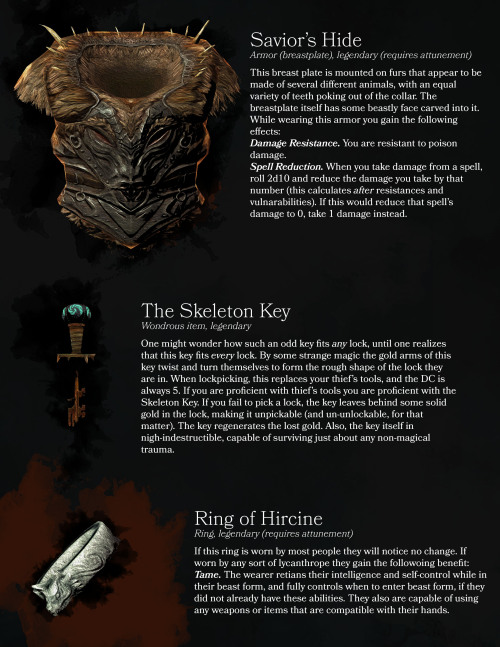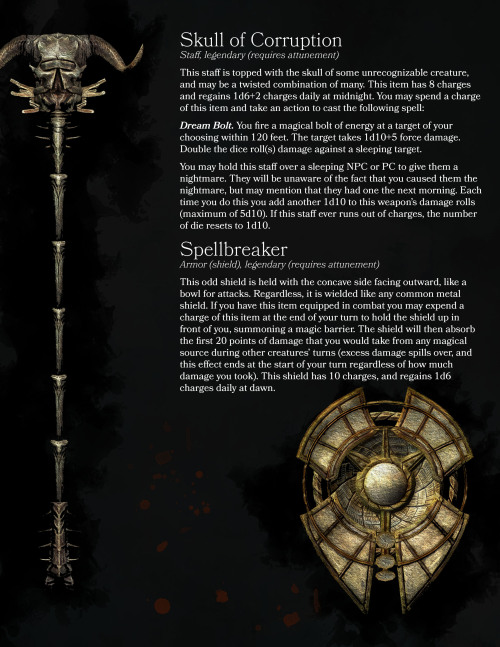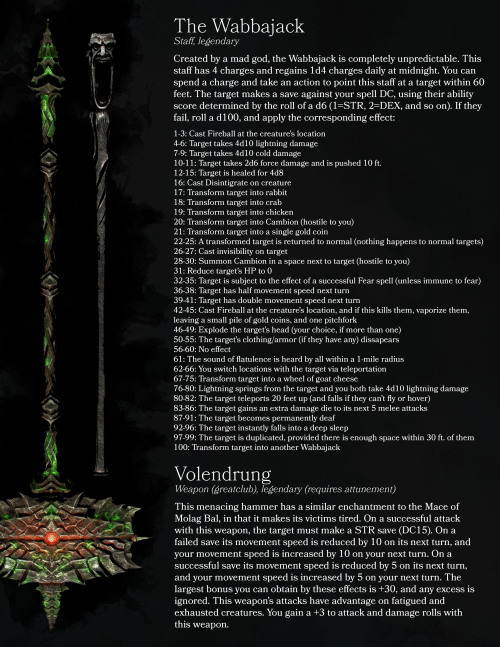We Can Build Things By Growing Plants In Specific Configurations Now. We Are Slowly Becoming Elves.
We can build things by growing plants in specific configurations now. We are slowly becoming elves.
More Posts from Stubborn-turtle-blog and Others
Living and Working Aboard Station
Join us on Facebook Live for a conversation with astronaut Kate Rubins and the director of the National Institutes for Health on Tuesday, October 18 at 11:15 a.m. ET.
Astronaut Kate Rubins has conducted out of this world research aboard Earth’s only orbiting laboratory. During her time aboard the International Space Station, she became the first person to sequence DNA in space. On Tuesday, she’ll be live on Facebook with National Institute of Health director Francis Collins, who led the effort to map the human genome. You can submit questions for Kate using the hashtag #SpaceChat on Twitter, or during the live event. Here’s a primer on the science this PhD astronaut has been conducting to help inspire your questions:

Kate has a background in genomics (a branch of molecular genetics that deals with the study of genomes,specifically the identification and sequencing of their constituent genes and the application of this knowledge in medicine, pharmacy,agriculture, and other fields). When she began her tenure on the station, zero base pairs of DNA had been sequenced in space. Within just a few weeks, she and the Biomolecule Sequencer team had sequenced their one billionth base of DNA aboard the orbital platform.
“I [have a] genomics background, [so] I get really excited about that kind of stuff,” Rubins said in a downlink shortly after reaching the one billion base pairs sequenced goal.
Learn more about this achievement:
+First DNA Sequencing in Space a Game Changer
+Science in Short: One Billion Base Pairs Sequenced
Why is DNA Sequencing in Space a Big Deal?
A space-based DNA sequencer could identify microbes, diagnose diseases and understand crew member health, and potentially help detect DNA-based life elsewhere in the solar system.
+Why Sequencing DNA in Space is a Big Deal
https://youtu.be/1N0qm8HcFRI
Miss the Reddit AMA on the subject? Here’s a transcript:
+NASA AMA: We just sequenced DNA in space for the first time. Ask us anything!
NASA and Its Partnerships

We’re not doing this alone. Just like the DNA sequencing was a collaborative project with industry, so is the Eli Lilly Hard to Wet Surfaces investigation, which is a partnership between CASIS and Eli Lilly Co. In this experiment aboard the station, astronauts will study how certain materials used in the pharmaceutical industry dissolve in water while in microgravity. Results from this investigation could help improve the design of tablets that dissolve in the body to deliver drugs, thereby improving drug design for medicines used in space and on Earth. Learn more about what we and our partners are doing:
+Eli Lilly Hard to Wet Surfaces – been happening the last week and a half or so
Researchers to Test How Solids Dissolve in Space to Design Better Tablets and Pills on Earth
With our colleagues at the Stanford University School of Medicine, we’re also investigating the effects of spaceflight on stem cell-derived heart cells, specifically how heart muscle tissue, contracts, grows and changes in microgravity and how those changes vary between subjects. Understanding how heart muscle cells change in space improves efforts for studying disease, screening drugs and conducting cell replacement therapy for future space missions. Learn more:
+Heart Cells
+Weekly Recap From the Expedition Lead Scientist for Aug. 18, 2016
It’s Not Just Medicine

Kate and her crew mates have also worked on the combustion experiments.
Kate has also worked on the Bigelow Expandable Activity Module (BEAM), an experimental expandable capsule that docks with the station. As we work on our Journey to Mars, future space habitats are a necessity. BEAM, designed for Mars or other destinations, is a lightweight and relatively simple to construct solution. Kate has recently examined BEAM, currently attached to the station, to take measurements and install sensors.

Kate recently performed a harvest of the Plant RNA Regulation experiment, by removing seed cassettes and stowing them in cold stowage.

The Plant RNA Regulation investigation studies the first steps of gene expression involved in development of roots and shoots. Scientists expect to find new molecules that play a role in how plants adapt and respond to the microgravity environment of space, which provides new insight into growing plants for food and oxygen supplies on long-duration missions. Read more about the experiment:
+Plant RNA Harvest
NASA Astronaut Kate Rubins is participating in several investigations examining changes in her body as a result of living in space. Some of these changes are similar to issues experienced by our elderly on Earth; for example, bone loss (osteoporosis), cardiovascular deconditioning, immune dysfunction, and muscle atrophy. Understanding these changes and how to prevent them in astronauts off the Earth may help improve health for all of us on the Earth. In additional, the crew aboard station is also working on more generalized studies of aging.
+ Study of the effects of aging on C. elegans, a model organism for a range of biological studies.
Does anyone else just examine the marvel that is the human body (not in a sexual way). Like, I’m sitting here right now moving my fingers and watching my ligaments tense and loosen as they pull on the bones that compose the phalanges of my hand. Certain finger positions cause divots to form between the ligaments, while balling a fist causes them to be almost even with the flesh of my hand.
Sorry for the weird ramble. I just find how all the parts of the human body work and fit together to be absolutely fascinating.
The human body is an amazing machine.

When astronomy honour’s student Michelle Kunimoto graduates on Monday, she’ll do so already holding the honour of being a galactic pioneer with distinction.
The 22-year-old University of British Columbia undergraduate has discovered four new planets in the Cygnus (Swan) constellation, known as “exoplanets” because they’re outside our solar system.
“I got interested in exoplanets from Star Trek,” she told Metro in an interview in UBC’s physics department. “The whole theme of Star Trek, curiosity and exploration, is really important for the long, long, long term. We want to answer the age-old question: Are we alone?”
She spent months poring through 400 different data samples from the Kepler space telescope, which captures the curves of light from distant stars. Sudden dips in their light can correspond to planets passing in front of them.
Kunimoto likened her method to trying to hear one quiet voice in a crowded room full of loud talkers. But when she first noticed the faint but tell-tale dip, she didn’t allow herself get excited.
“I had to be very careful,” she explained. “I ran them through a lot of tests, but the more tests I ran, the more confident I felt.
“When they all passed the right tests, and I had these four planets remaining, that was really exciting!”
The planet she’s most enthusiastic about is called Kepler Object Of Interest 408.05, which she nicknamed “Warm Neptune,” because it’s roughly the size of its namesake planet, but is within the distance needed for the warm, Earth-like atmosphere needed to host life. It’s 3,200 light years from Earth.
Technically, what she found are still considered “planet candidates” until they can be independently confirmed, but for her UBC supervisor the results are clear.
“It’s rare that you have that ‘Eureka!’ moment any more,” astronomy professor Jaymie Matthews told Metro proudly. “Michelle’s discovery was time-consuming, and she’s done this for only 400 out of 150,000 light curves.”
But will Kunimoto’s “Warm Neptune” — located within what Matthews dubbed the “Goldilocks” zone of planets that are neither too hot nor too cold to support life — potentially be home to intelligent life?
“You can bet that once the results are confirmed and more widely disseminated, the Search for Extraterrestrial Intelligence Institute will put KOI-408.05 on their list of higher-priority targets to monitor,” Matthews said. “If there is life and signals we could eavesdrop on, these are the places they’d be coming from.”
On Saturday, Kunimoto got a shout-out before a large UBC audience from Star Trek star William Shatner, who praised her discoveries on stage. “I was really honoured!” she said. “That was completely unexpected, my face was going red.”
Space Station Science: Biological Research

Each month, we highlight a different research topic on the International Space Station. In August, our focus is biological research. Learning how spaceflight affects living organisms will help us understand potential health risks related to humans on long duration missions, including our journey to Mars.

Cells, microbes, animals and plants are affected by microgravity, and studying the processes involved in adaptation to spaceflight increases our fundamental understanding of biological processes on Earth. Results on Earth from biological research in space include the development of new medications, improved agriculture, advancements in tissue engineering and regeneration, and more.
Take a look at a few of the biological research experiments performed on space station:
Biomolecule Sequencer

Living organisms contain DNA, and sequencing DNA is a powerful way to understand how they respond to changing environments. The Biomolecule Sequencer experiment hopes to demonstrate (for the first time) that DNA sequencing is feasible in an orbiting spacecraft. Why? A space-based DNA sequencer could identify microbes, diagnose diseases and understand crew member health, and potentially help detect DNA- based life elsewhere in the solar system.
Ant-stronauts

Yes, ant-stronauts…as in ants in space. These types of studies provide insights into how ants answer collective search problems. Watching how the colony adapts as a unit in the quest for resources in extreme environments, like space, provides data that can be used to build algorithms with varied applications. Understanding how ants search in different conditions could have applications for robotics.
TAGES

The TAGES experiment (Transgenic Arabidopsis Gene Expression System) looks to see how microgravity impacts the growth of plant roots. Fluorescent markers placed on the plant’s genes allow scientists to study root development of Arabidopsis (a cress plant) grown on the space station. Evidence shows that directional light in microgravity skews root growth to the right, rather than straight down from the light source. Root growth patters on station mimic that of plants grown at at 45% degree angle on Earth. Space flight appears to slow the rate of the plant’s early growth as well.
Heart Cells

Spaceflight can cause a suite of negative health effects, which become more problematic as crew members stay in orbit for long periods of time. Effects of Microgravity on Stem Cell-Derived Cardiomycytes (Heart Cells) studies the human heart, specifically how heart muscle tissue contracts, grows and changes in microgravity. Understanding how heart muscle cells change in space improves efforts for studying disease, screening drugs and conducting cell replacement therapy for future space missions.
Medaka Fish

Chew on these results…Jaw bones of Japanese Medaka fish in microgravity show decreased mineral density and increased volume of osteoclasts, cells that break down bone tissue. Results from this study improve our understanding of the mechanisms behind bone density and organ tissue changes in space.
These experiments, and many others, emphasize the importance of biological research on the space station. Understanding the potential health effects for crew members in microgravity will help us develop preventatives and countermeasures.
Make sure to follow us on Tumblr for your regular dose of space: http://nasa.tumblr.com
A Brief Intro To Pre-historic Egypt
Humans have lived in the Nile River valley since at least 30,000 BCE. Stone age communities hunted, gathered, and fished in the fertile river valley. Then, around 5,500 BCE, agricultural communities emerged. Over the next 3,400 years the communities became self-governing. Each community developed independently and at different rates politically, economically, socially, and culturally. Then suddenly, by 3,100 BCE, Egypt was politically unified with a highly efficient bureaucratic system and elaborate kingship rites worshiping a single ruler. How the transition happened between each of these stages of Egyptian history is an argument historians and archaeologists are still having.
-
 stubborn-turtle-blog reblogged this · 8 years ago
stubborn-turtle-blog reblogged this · 8 years ago
Gaming, Science, History, Feminism, and all other manners of geekery. Also a lot of dance
243 posts
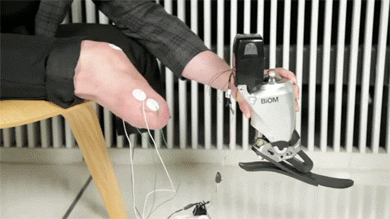
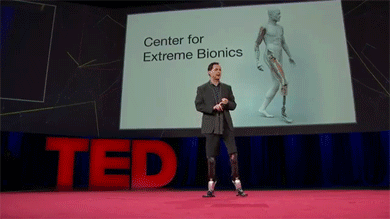
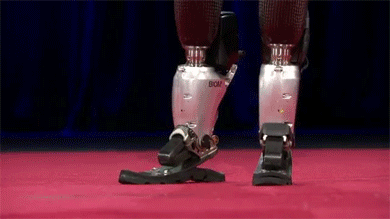

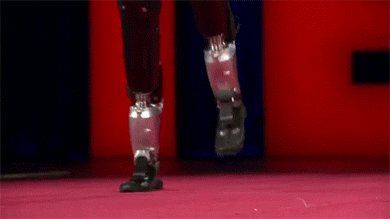

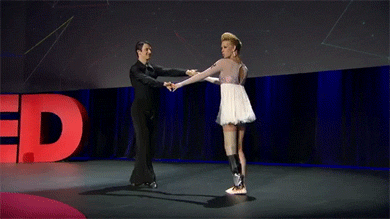
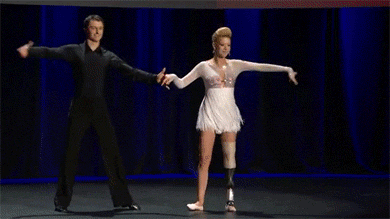


![The Best Squad. [ Via @awkwardyeti]](https://64.media.tumblr.com/55a16af155b4e0e0c33b49ad13241bd6/tumblr_oiul6tTnnT1s04h2ho1_500.png)
